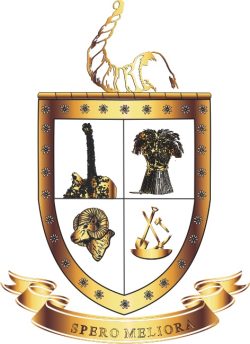Steinkopf in 1950’s

The anthropologist Peter Carstens who published this photograph described describe Steinkopf of those years as: “Here is the church and the missionary, the seat of local government where the law is administered and taxes paid; here are the main schools, including the only secondary school for Coloured people in Namaqualand, with its new library; here are the shops and the granary and the police-station; here you will find a weekly cinema and the clinic with a trained midwife ; its here that people are baptised, married and buried. Here is the centre of interaction with the outside world, the place where new ideas and fashions are disseminated, spreading outwards to the conservative settlements.
The true dorpenare (villagers) are those who live permanently in the mission village and co-operate in its social live – the teachers, shopkeepers and shop assistants, the few administrators, the various categories of tradesmen and workers, pensioners and others. But these constitute only about a quarter of the potential village population of approximately 2000 people; the remainder cannot be classed as true villagers for, although they may spend most of the year in the village, they are engaged also in other activities on their farms.”
“Original photo in black and white this one has been colorized”
